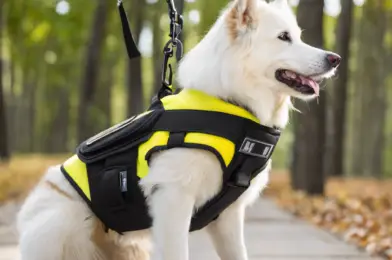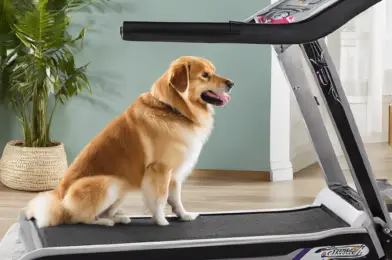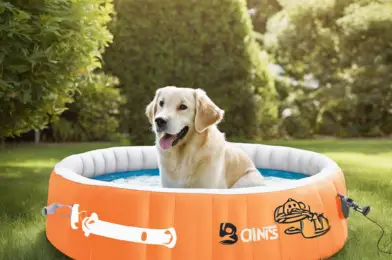When it comes to agility training, one essential piece of equipment that often sparks a debate among enthusiasts is the choice between cloth and rigid plastic tunnels. These tunnels are pivotal in creating challenging yet entertaining obstacle courses for dogs. Let’s delve into the specifics of both options and understand their unique attributes.
**Cloth Tunnels: Flexibility and Convenience**
The cloth tunnels have earned their place in the hearts of agility trainers for multiple reasons. Firstly, their flexibility is unparalleled. These tunnels can be easily bent and twisted to create unique shapes, allowing trainers to design intricate courses that test a dog’s agility and problem-solving skills. The soft fabric ensures a safe environment, reducing the risk of injury if a dog bumps into the sides or changes direction abruptly. This flexibility also makes them highly portable, as they can be folded and carried effortlessly to different training locations. Moreover, cloth tunnels are a breeze to set up and dismantle, making them ideal for those who frequently change their training grounds.
In terms of maintenance, cloth tunnels are a trainer’s friend. Their machine-washability means that keeping them clean is as simple as tossing them in the washer. This is particularly beneficial for outdoor training, where tunnels might get dirty or muddy, ensuring your equipment remains in top condition.
**Rigid Plastic Tunnels: Durability and Stability**
On the other hand, rigid plastic tunnels offer their own set of advantages. Their primary benefit lies in their durability. These tunnels are built to withstand the rigors of repeated use, making them a long-term investment for agility training enthusiasts. Unlike cloth tunnels that might move or shift during intense training sessions, rigid plastic tunnels provide a stable structure, ensuring dogs can confidently navigate through without the tunnel collapsing or losing shape. This stability is especially crucial for larger breeds or dogs with stronger builds.
Plastic tunnels also offer better resistance to various weather conditions, ensuring they can stay outdoors without deteriorating quickly. The smooth surface of these tunnels adds an extra challenge for dogs, requiring more precision and control during training.
When choosing between the two, it’s essential to consider the training environment, the breed and temperament of the dog, and the specific agility objectives you’re aiming for. Cloth tunnels excel in versatility and portability, while rigid plastic tunnels provide durability and stability. Both have their unique benefits, and the choice ultimately depends on the specific needs of the trainer and the training program.
For beginners, starting with a cloth tunnel might be more manageable and cost-effective, gradually progressing to rigid plastic tunnels as the training becomes more advanced. This transition can offer a well-rounded agility training experience, allowing dogs to adapt to different tunnel types and challenges.









